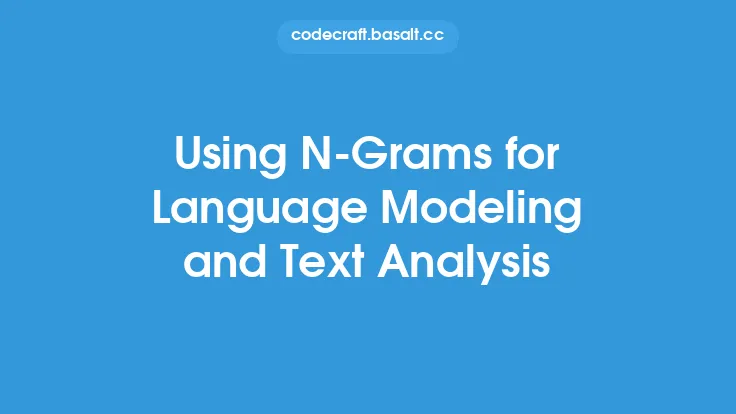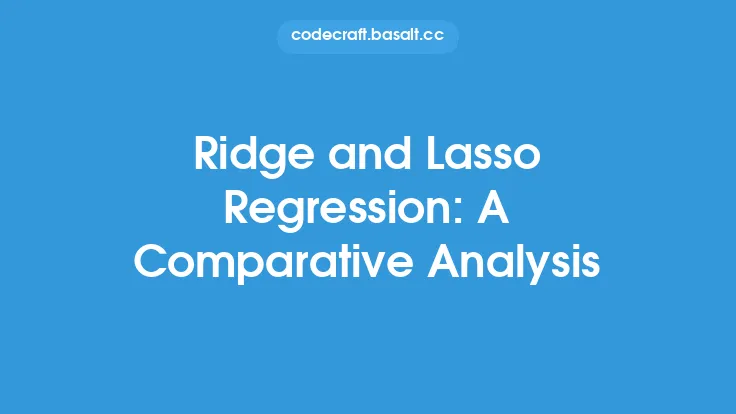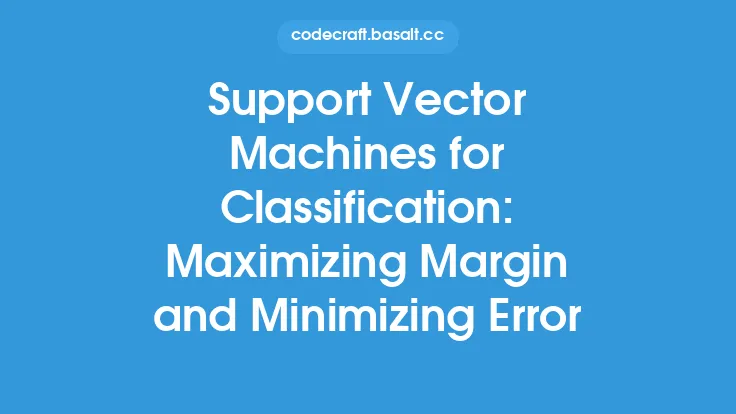Image segmentation and analysis are crucial components of computer vision, enabling machines to understand and interpret visual data from images and videos. This process involves dividing an image into its constituent parts or objects, allowing for the extraction of meaningful information and the performance of various tasks such as object detection, tracking, and recognition. At the heart of image segmentation and analysis lie several essential algorithms, each with its strengths and weaknesses, and suited for different applications and scenarios.
Introduction to Image Segmentation Algorithms
Image segmentation algorithms can be broadly categorized into several types, including thresholding, edge detection, region growing, and clustering-based methods. Thresholding involves separating an image into different regions based on the intensity values of the pixels, with pixels above or below a certain threshold being assigned to different segments. Edge detection algorithms, on the other hand, identify the boundaries between different regions in an image by detecting changes in intensity or color. Region growing methods start with a seed point and gradually add neighboring pixels to the region if they meet certain criteria, such as similarity in intensity or texture. Clustering-based methods group pixels into clusters based on their features, such as color, texture, or intensity.
Thresholding Techniques
Thresholding is one of the simplest and most widely used image segmentation techniques. It involves selecting a threshold value and then classifying all pixels with values above or below this threshold as belonging to different segments. There are several types of thresholding techniques, including global thresholding, local thresholding, and adaptive thresholding. Global thresholding uses a single threshold value for the entire image, while local thresholding uses different threshold values for different regions of the image. Adaptive thresholding, on the other hand, adjusts the threshold value based on the local characteristics of the image. Thresholding techniques are often used in applications such as document scanning, medical imaging, and quality control.
Edge Detection Algorithms
Edge detection algorithms play a crucial role in image segmentation, as they help to identify the boundaries between different regions in an image. There are several types of edge detection algorithms, including the Sobel operator, the Canny edge detector, and the Laplacian of Gaussian (LoG) operator. The Sobel operator uses two 3x3 kernels to detect edges in the horizontal and vertical directions, while the Canny edge detector uses a multi-stage approach to detect edges, including noise reduction, gradient calculation, and non-maximum suppression. The LoG operator uses a Gaussian filter to smooth the image and then applies the Laplacian operator to detect edges. Edge detection algorithms are often used in applications such as object recognition, tracking, and robotics.
Region Growing Methods
Region growing methods are a type of image segmentation algorithm that starts with a seed point and gradually adds neighboring pixels to the region if they meet certain criteria, such as similarity in intensity or texture. There are several types of region growing methods, including simple region growing, seeded region growing, and unseeded region growing. Simple region growing starts with a seed point and adds neighboring pixels to the region if they have similar intensity values. Seeded region growing uses a set of seed points to initialize the region growing process, while unseeded region growing uses a set of rules to determine which pixels to add to the region. Region growing methods are often used in applications such as medical imaging, remote sensing, and quality control.
Clustering-Based Methods
Clustering-based methods are a type of image segmentation algorithm that groups pixels into clusters based on their features, such as color, texture, or intensity. There are several types of clustering-based methods, including k-means clustering, hierarchical clustering, and fuzzy c-means clustering. K-means clustering partitions the pixels into k clusters based on their features, while hierarchical clustering builds a hierarchy of clusters by merging or splitting existing clusters. Fuzzy c-means clustering assigns each pixel a membership degree in each cluster, rather than assigning it to a single cluster. Clustering-based methods are often used in applications such as image compression, image retrieval, and data mining.
Deep Learning-Based Methods
Deep learning-based methods have recently gained popularity in image segmentation, due to their ability to learn complex patterns and features from large datasets. There are several types of deep learning-based methods, including convolutional neural networks (CNNs), recurrent neural networks (RNNs), and fully convolutional networks (FCNs). CNNs use convolutional and pooling layers to extract features from images, while RNNs use recurrent layers to model sequential dependencies in data. FCNs use convolutional and transposed convolutional layers to produce pixel-level predictions. Deep learning-based methods are often used in applications such as object detection, segmentation, and recognition, and have achieved state-of-the-art performance in several benchmarks.
Evaluation Metrics for Image Segmentation
Evaluating the performance of image segmentation algorithms is crucial to determine their effectiveness and accuracy. There are several evaluation metrics used in image segmentation, including accuracy, precision, recall, F1-score, and intersection over union (IoU). Accuracy measures the proportion of correctly classified pixels, while precision measures the proportion of true positives among all positive predictions. Recall measures the proportion of true positives among all actual positive pixels, while F1-score measures the harmonic mean of precision and recall. IoU measures the overlap between the predicted and actual segments, and is often used in applications such as object detection and segmentation.
Applications of Image Segmentation
Image segmentation has a wide range of applications in various fields, including computer vision, robotics, medical imaging, and quality control. In computer vision, image segmentation is used in object detection, tracking, and recognition, as well as in image retrieval and compression. In robotics, image segmentation is used in tasks such as object manipulation, navigation, and human-robot interaction. In medical imaging, image segmentation is used to segment organs, tissues, and tumors, and to diagnose diseases such as cancer and cardiovascular disease. In quality control, image segmentation is used to inspect products, detect defects, and improve manufacturing processes.
Future Directions in Image Segmentation
Image segmentation is a rapidly evolving field, with new algorithms and techniques being developed continuously. Some of the future directions in image segmentation include the use of deep learning-based methods, the integration of multiple modalities and sensors, and the development of more efficient and scalable algorithms. Deep learning-based methods have shown great promise in image segmentation, but require large amounts of labeled data and computational resources. The integration of multiple modalities and sensors, such as RGB, depth, and infrared, can provide more comprehensive and accurate information about the scene. The development of more efficient and scalable algorithms can enable real-time image segmentation and analysis, and can be applied to a wide range of applications, including robotics, autonomous vehicles, and smart cities.





